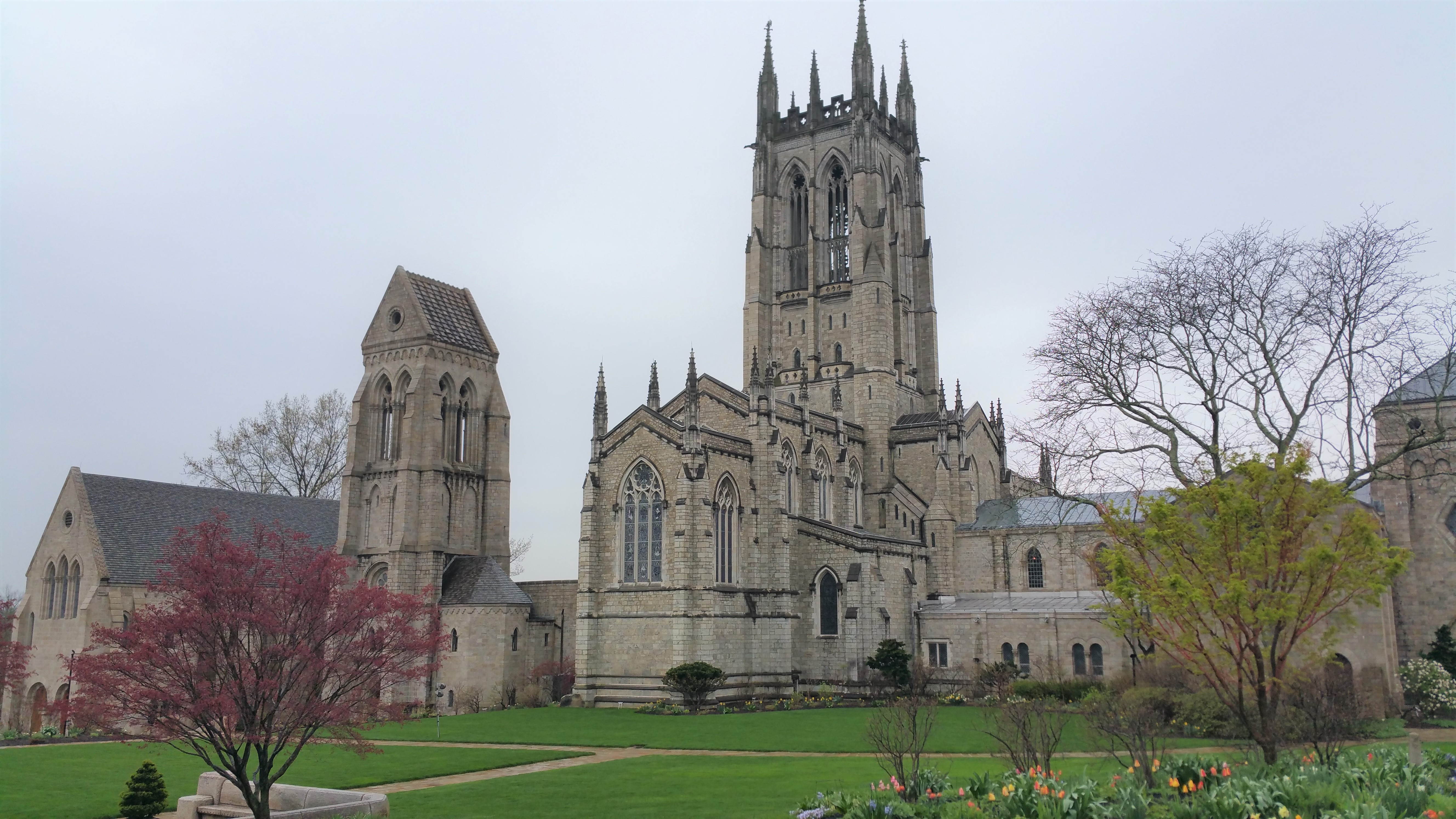
Bryn Athyn Cathedral- Bryn Athyn, PA
I am intrigued by Gothic architecture. Imposing, substantial stone structures that also manage to be impossibly delicate. I find cathedrals particularly fascinating; full of symbolism, and constructed with unrivaled craftsmanship, they just feel divine. While there are several places you expect to find these impressive buildings, say across Europe or on a college campus, suburban Philadelphia is somewhat surprising. Nevertheless, John Pitcairn and his money made it happen, and it absolutely rivals anything you will find abroad.
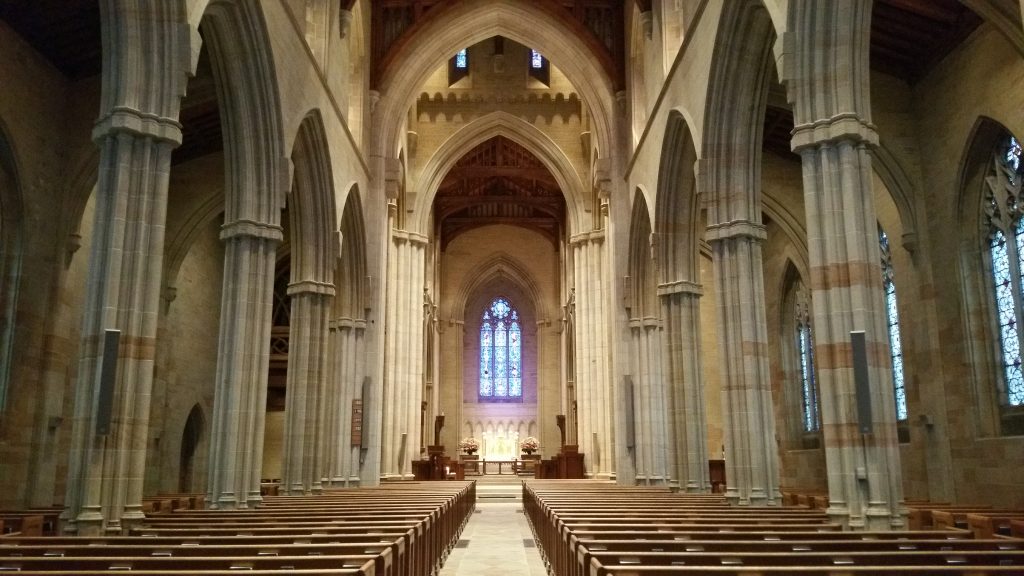
In the late 1880s, the wildly wealthy industrialist John Pitcairn purchased 500 acres just north of Philadelphia to establish a major religious center for The New Church. The first building constructed on the site was his home, a 28 room Carrère and Hasting’s Beaux Arts beauty named Cairnwood. Following its completion in 1895, his focus turned to the construction of a grand cathedral to serve the conservative Swedenborgians of the area.
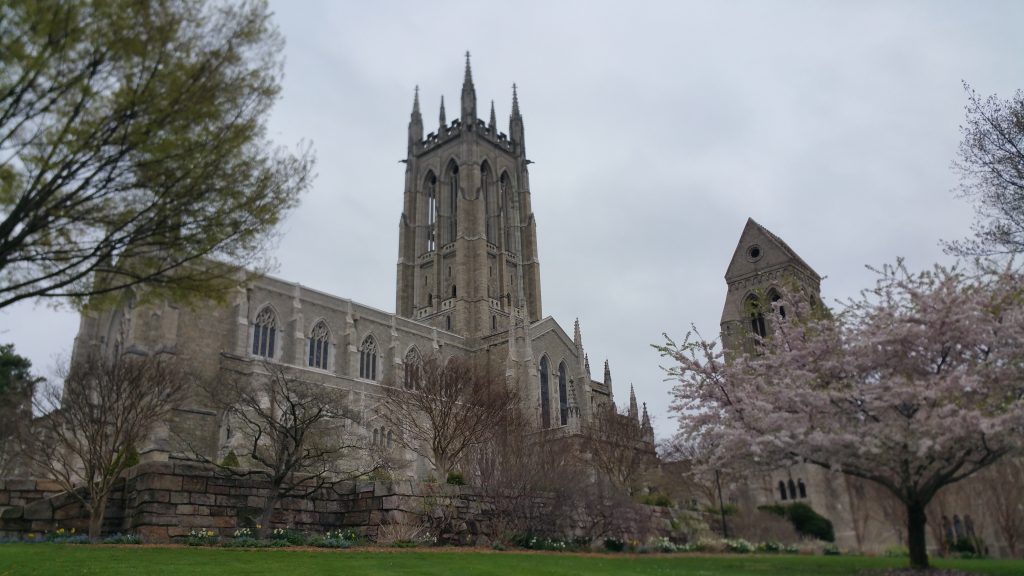
For the project, Boston architect Ralph Adams Cram was retained, although over time, Pitcairn’s son Raymond, who had no formal design training, assumed supervision of construction. Groundbreaking occurred in 1913, with the cornerstone laid on June 19, 1914. For the exterior, locally quarried Bryn Athyn granite was used, trimmed with Kentucky oolitic limestone; for the interior walls, warm Ohio sandstone. On the nave floor, a striking seam faced granite quarried in Plymouth, Massachusetts. Before the first stone was laid, over 74 masons where hired.
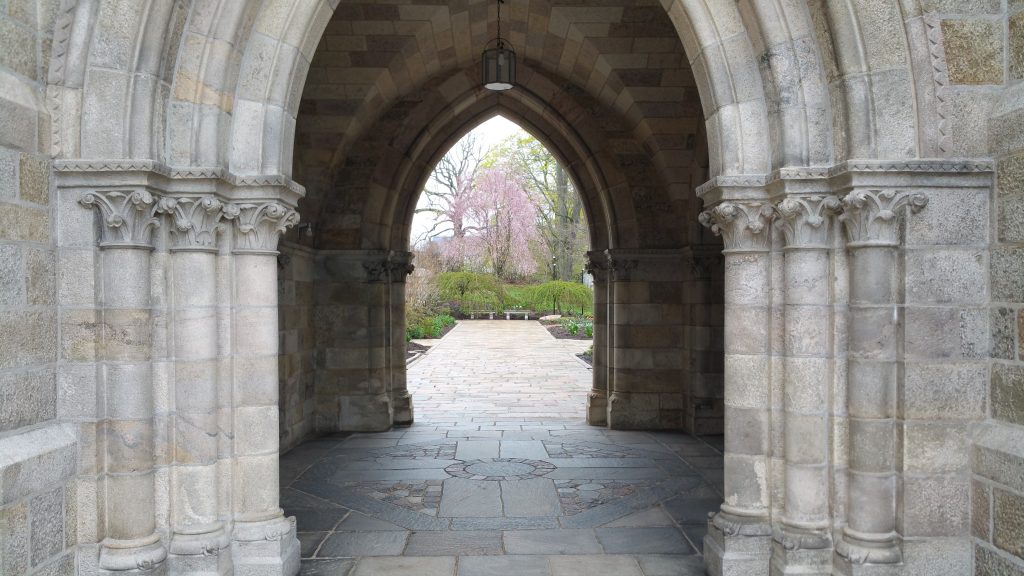
Departing from modern architectural practices, Cram’s early blueprints were eschewed in favor of ever changing 3D plaster models constructed on site. This type of organic design required flexibility of the artisans, and onsite construction of the various components; to this end, a carpenter’s shop, metal shop, and glass making studio were established on the grounds.
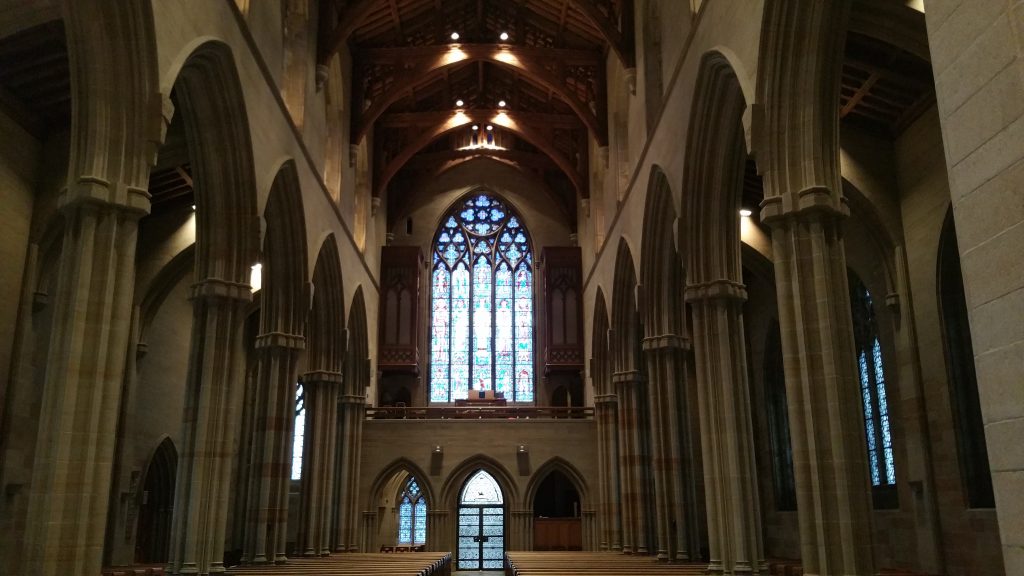
Of note, except in the sanctuary, the plans did not call for a stone vaulted roof, as frequently found in Gothic architecture. Rather, it was to be constructed of timber. For this purpose, local white oaks were harvested, the largest measuring more than six feet in diameter; these were ancient, old growth trees, with the oldest determined to be 347 years old, predating Emanuel Swedenborg himself.
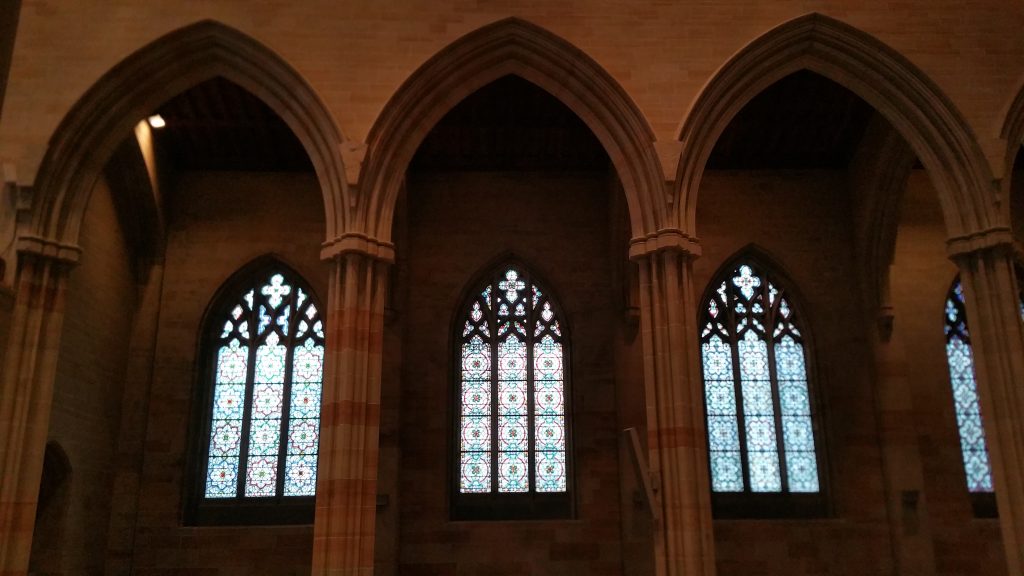
The cathedral’s stained glass windows are also exceptionally interesting. Convinced that newer methods of stained glass production would produce an inferior product, Pitcairn encouraged his artisans to research methods used in medieval cathedral construction. He obtained samples of glass for them to inspect, and sent them to Europe, to inspect stained glass in situ. Finally, a master glassmaker was employed to experiment with various methods and formulas, in an attempt to duplicate the tone and texture of medieval artisans. Perseverance paid off, with a variety of oxides providing authentic, vivid color to the hand blown glass. Original artisans continued to make windows at the studio well into the 1940s.
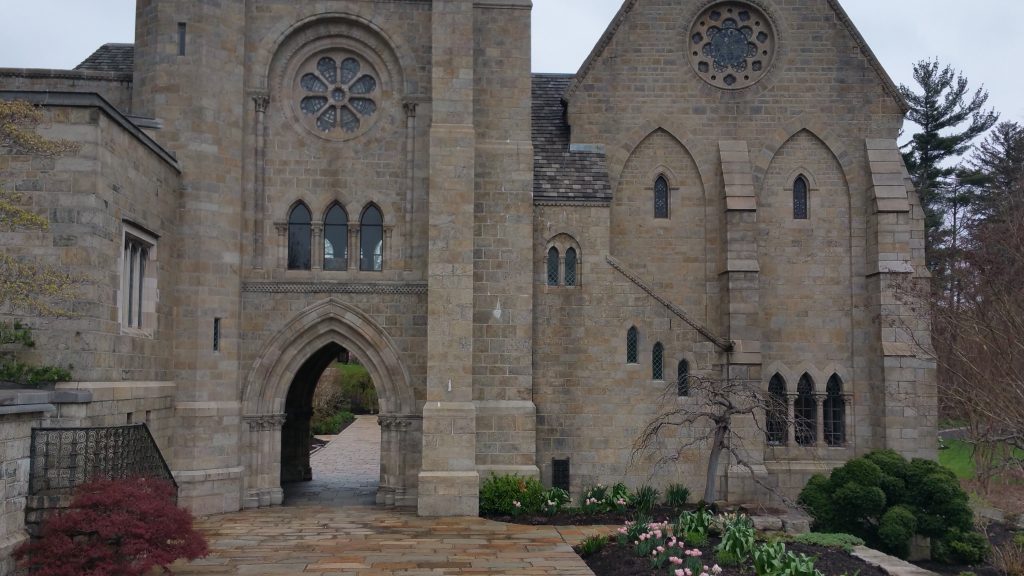
Although the dedication ceremony occurred on October 5, 1919, three years after John Pitcairn’s death, construction continued until 1928. The end result was a Gothic Cathedral with Romanesque wings, built with unrivaled craftsmanship. It is a spectacular, soaring space, and is not to be missed.
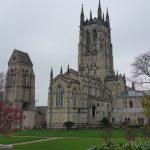

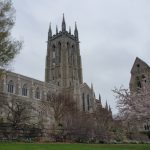

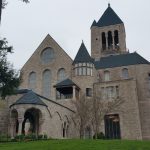
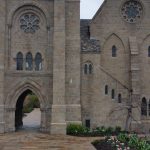
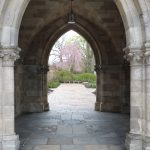
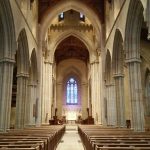

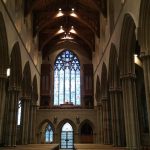
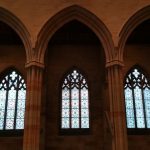


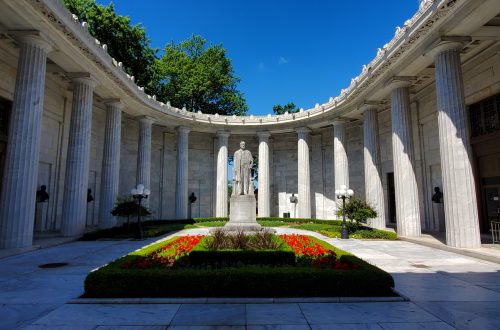
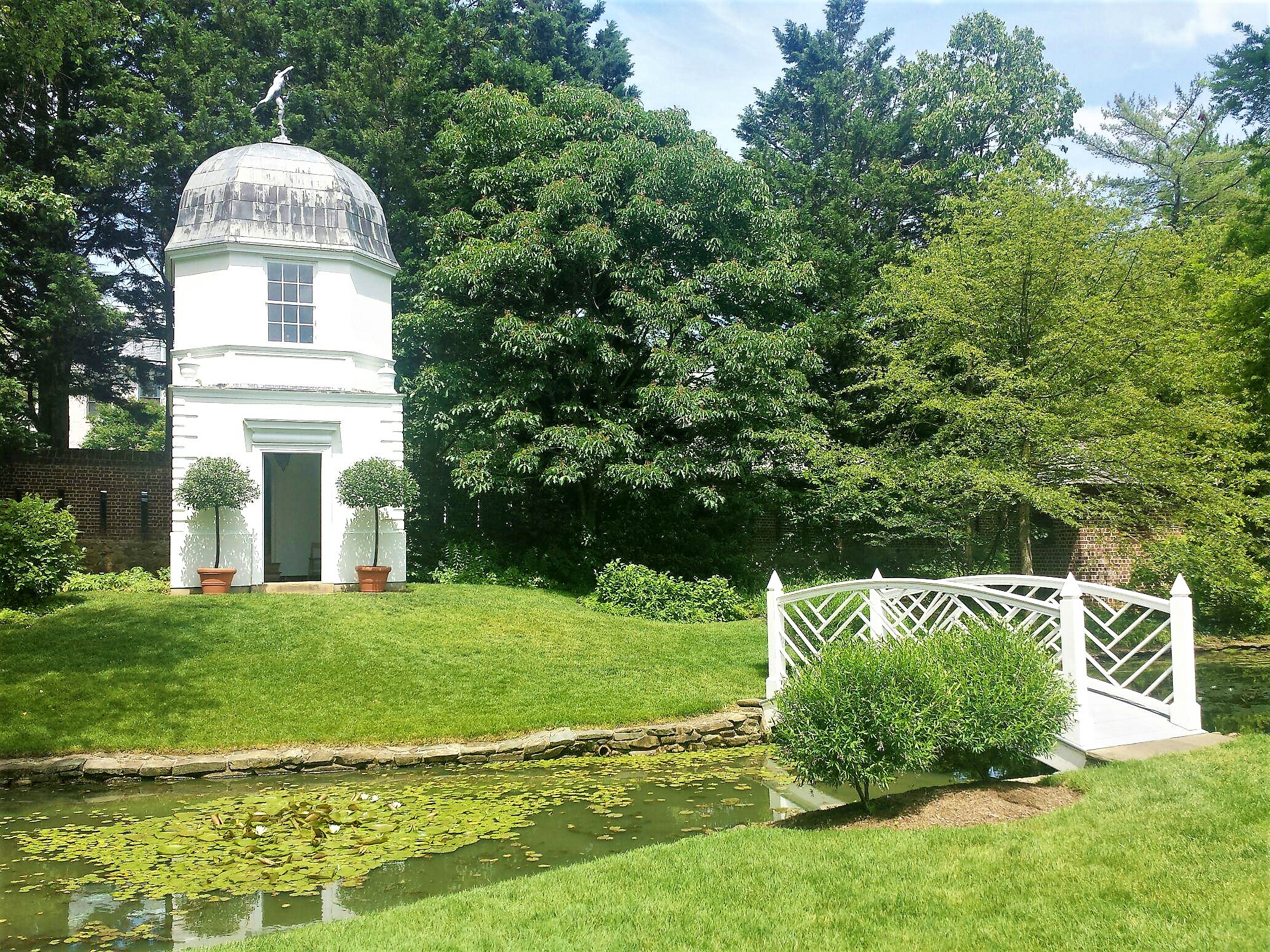
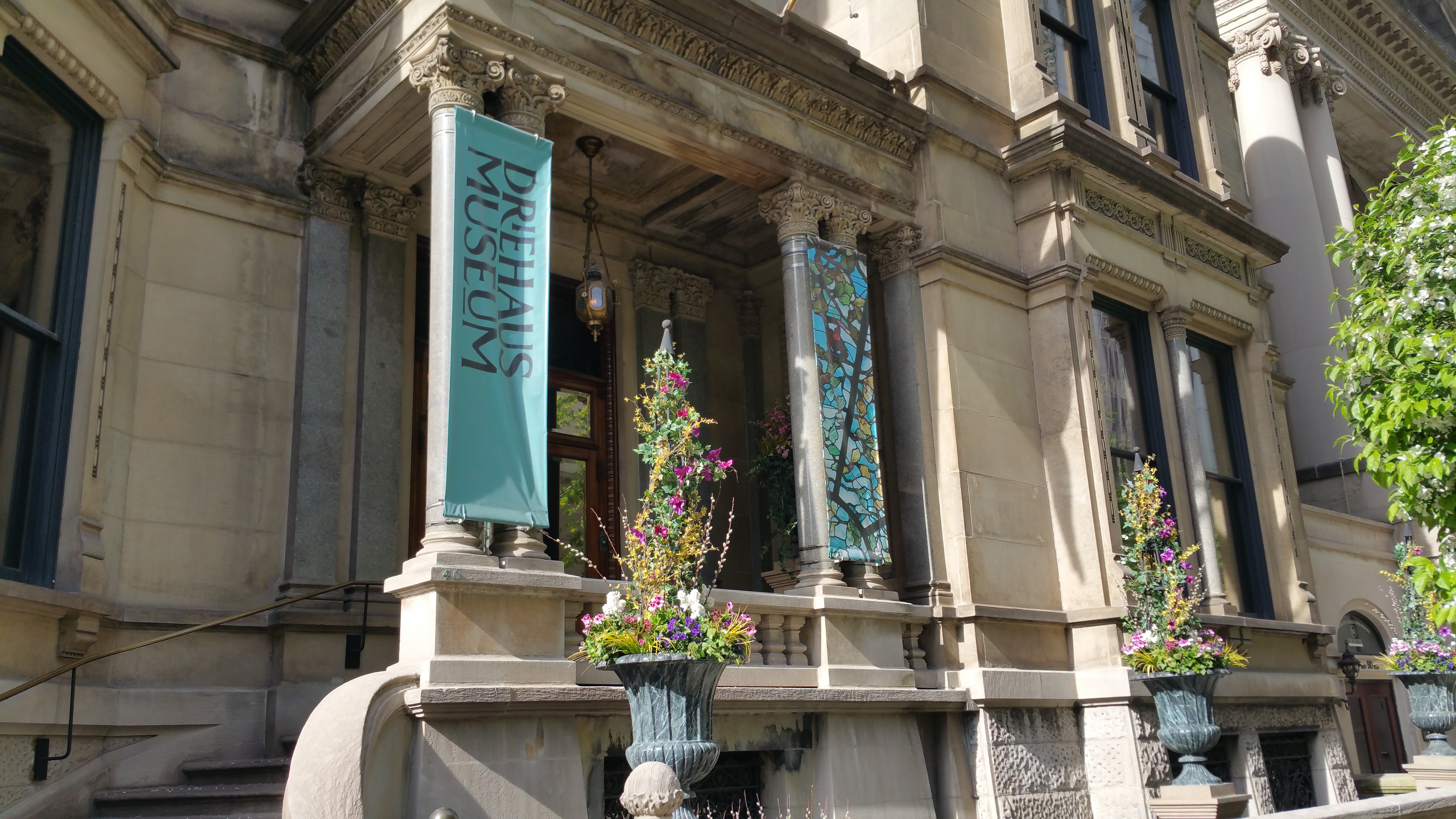
One Comment
Pingback: